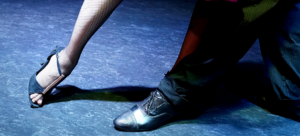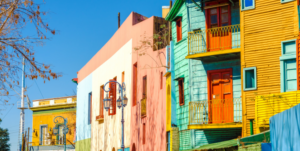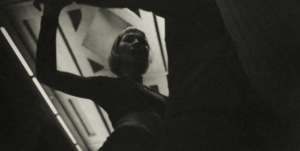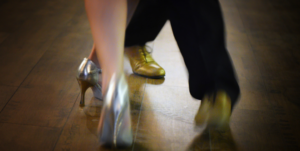History of Tango and Milonga
Tango originated in the late 19th century in the outskirts of Buenos Aires and Montevideo, influenced by a blend of cultures and musical genres, including African candombe, Cuban habanera, and European waltz. Initially, tango was an expression of the working and marginalized classes, using this dance to convey their emotions and life experiences.
In contrast, milonga has even older roots, originating as a form of music and dance in the rural areas of Argentina and Uruguay. Milonga was a popular festivity where music with a faster and more cheerful rhythm than tango was played and danced. In the late 19th and early 20th centuries, milonga moved to the cities and began to merge with other musical styles, giving rise to tango milonguero.
Musical Differences Between Tango and Milonga
Musically, tango and milonga are distinguished by their time signatures and rhythms. Tango is traditionally played in a 2/4 or 4/4 time signature and is characterized by a slower, more marked rhythm, with a strong rhythmic base provided by instruments like the bandoneón, piano, violin, and double bass. Tango’s musicality is complex and rich, allowing for great emotional expression and interpretative variations.
In contrast, milonga has a faster and more lively rhythm, generally in 2/4 time, giving it a more dynamic and upbeat character. Milonga music is lighter and less dramatic than tango, with a rhythmic base that invites a more animated and less introspective dance style. Unlike tango, milonga doesn’t focus as much on dramatic pauses and silences but maintains a constant and fluid rhythm.
10 Milonga Tracks
- “La Milonga de Buenos Aires” – Orchestra: Francisco Canaro, Performer: Ada Falcón, Year: 1932
- “Milonga Sentimental” – Orchestra: Carlos Gardel, Performer: Carlos Gardel, Year: 1933
- “Milonga de mis Amores” – Orchestra: Pedro Laurenz, Performer: Instrumental, Year: 1937
- “Milonga del 900” – Orchestra: Juan D’Arienzo, Performer: Instrumental, Year: 1940
- “Reliquias Porteñas” – Orchestra: Aníbal Troilo, Performer: Francisco Fiorentino, Year: 1943
- “La Puñalada” – Orchestra: Juan D’Arienzo, Performer: Instrumental, Year: 1937
- “Milonga Brava” – Orchestra: Rodolfo Biagi, Performer: Instrumental, Year: 1941
- “El Esquinazo” – Orchestra: Ángel D’Agostino, Performer: Ángel Vargas, Year: 1940
- “La Trampera” – Orchestra: Aníbal Troilo, Performer: Instrumental, Year: 1951
- “Taquito Militar” – Orchestra: Mariano Mores, Performer: Instrumental, Year: 1952
10 Classic Tango Tracks
- “El Choclo” – Orchestra: Ángel Villoldo, Performer: Instrumental, Year: 1903
- “La Cumparsita” – Orchestra: Juan D’Arienzo, Performer: Instrumental, Year: 1916
- “Malena” – Orchestra: Aníbal Troilo, Performer: Francisco Fiorentino, Year: 1942
- “Fueron Tres Años” – Orchestra: Aníbal Troilo, Performer: Alberto Marino, Year: 1945
- “Bomboncito” – Orchestra: Osvaldo Pugliese, Performer: Roberto Chanel, Year: 1943
- “Adiós Muchachos” – Orchestra: Carlos Gardel, Performer: Carlos Gardel, Year: 1927
- “A Media Luz” – Orchestra: Carlos Di Sarli, Performer: Roberto Rufino, Year: 1941
- “Nostalgias” – Orchestra: Juan D’Arienzo, Performer: Alberto Echagüe, Year: 1936
- “Sur” – Orchestra: Aníbal Troilo, Performer: Edmundo Rivero, Year: 1948
- “Mi Buenos Aires Querido” – Orchestra: Carlos Gardel, Performer: Carlos Gardel, Year: 1934
Differences in Dancing Tango and Milonga
The musical differences are also reflected in the movements and dance styles of each genre. Dancing tango involves more deliberate and paused movements, with an emphasis on the connection between partners and musical interpretation. Tango allows for greater improvisation and expression, with intricate figures and a close embrace that facilitates subtle communication between dancers.
In contrast, dancing milonga requires a more agile and playful approach. The steps are shorter and quicker, and the movements are more rhythmic and less complex than those in tango. Milonga dancing often incorporates “traspié” steps, where weight shifts rapidly from one foot to the other, creating a playful and dynamic effect.





